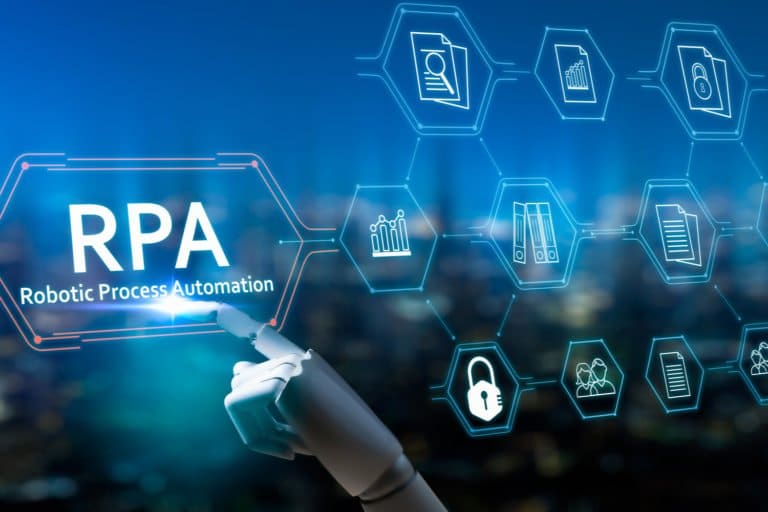Many activities are being automated in businesses throughout the world, and the epidemic is increasing the need for more intelligent, more connected technologies. Remote employees, who work digitally without access to the documentation that is the lifeblood of many office operations, are a vital part of the effort.
Robotic process automation (RPA) software is a critical instrument for achieving this speed, and it’s part of an ever-unconnected net of automation displacing traditional operations.
That insight was one of the primary topics in Forrester’s latest analysis of the RPA software products market.
The changing meaning of RPA
According to the research, revenues will increase to $22 billion in 2025, up from $13.9 billion in 2021. Traditionally, the initials RPA were associated with software that made the movement of papers and other information within a team more efficient and seamless.
Many businesses use the software to manage scanned copies of paper documents such as tax returns and driver’s licenses. Some people use the tools for bookkeeping, others for legal compliance, and others are looking for methods to make simple tasks more manageable.
According to a recent analysis from Forrester, the meaning of the word is changing as the overall market for automation develops.
A long-term trend
RPA systems are becoming more connected to other corporate tools as they develop, resulting in what Forrester refers to as an “automation fabric market.”
The report says that embedding RPA into enterprise software suites or making it part of an expanded intelligent automation move is a long-term trend as enterprises create a heterogeneous automation fabric.
The report further states that technologies like chatbots, process mining, and low code will see increased relevancy on the evolving RPA platforms.
